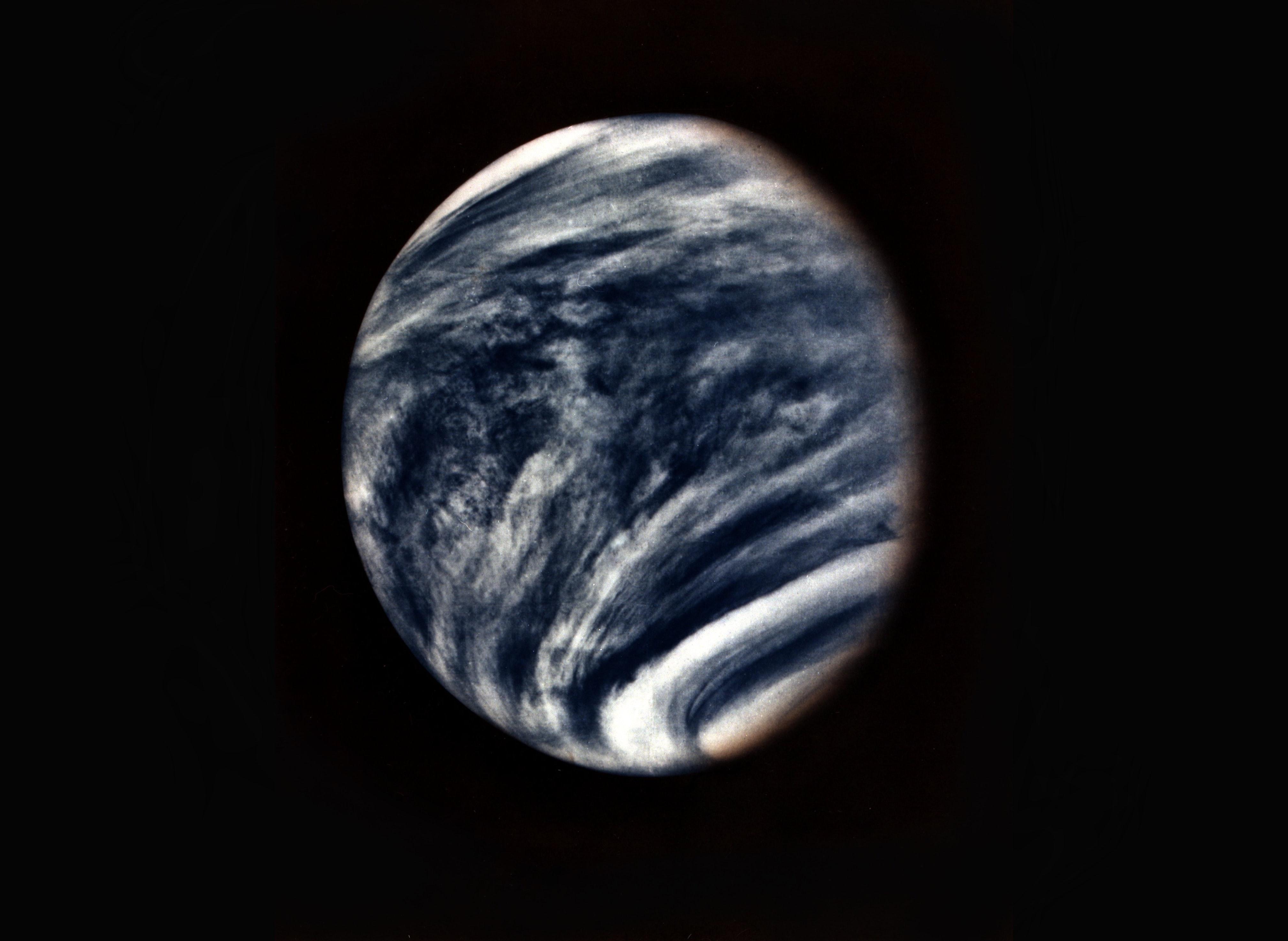For this blog post I will do two mini blogs posts. These topics were too short for a full post, so I will do both in one blog post.
Antique VR
The concept of VR seems to be something only achievable with current and future technology, however similar experiences already existed in the past. It isn’t as fancy as out VR headsets, but I will present three “antique” precursors:
- The stereoscope

This object uses the same basic principle of VR headsets which is two images for each eye to give the illusion of depth. They were introduced in the 1830s. A century later the view-master came out, a stereoscopic device with a rotatable disk which allows to switch to different images. However, even it has depth, this device doesn’t take position and orientation into account, it is a fix image.

- The panorama
Here we have a 360° experience, but no depth, so a bit the inverse of the previous object. You may have heard of panoramas in the context of photography, however it is a concept that existed before the invention of photography, though it got popular in the times period where photography was developed. It is a big circular painting and this gives you the impression to be ‘in’ the painting.
You can visit panorama Mesdag in The Hague. Or if you are fine with scans, the 16th century panorama drawings from Constantinople by Melchior Lorck from the UB Leiden special collections (if I have once the opportunity to work with VR, I’d love to try to transpose these artworks in the digital medium).
- The raree box
Maybe you are already familiar with the concept of ‘kijkdoos’, it is a box with a miniature scenery in it. Through a hole you perceive this small world. They are often DIY projects for kids, but also educative tools in museums.
With these examples I wanted to highlight the fact that the concept of achieving an alternative reality through technology is not only something of the digital era, but a trend that is somewhat older.
Teletext
In my blog post about Usis I wasn’t so happy about the the old system. However this is a quite old system I’m quite fond of. It was a bit the analog internet before the internet. Through the television system different pages are accessible. It has news, weather, tv scheduling and more. It is a system that was used in a lot of countries, but got shut down in most of them. In the Netherlands the system still works and frequently updated. It also has a web version and an app. The tactile support isn’t optimal, but good enough.
I didn’t grew up with Teletekst, though I saw my grandpa use it several times. But even if I don’t have any nostalgic feelings attached to it, I like to use it, in particular for the retro pixelised style and to read the news summarized into brief sentences. The lack of images, ads and comments allow for a minimalist and unobstructed experience which is more comfortable that regular news websites.



Recent Comments